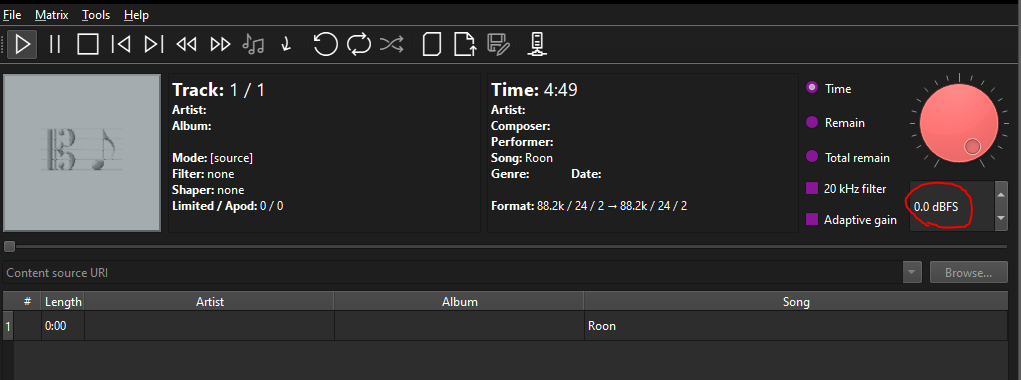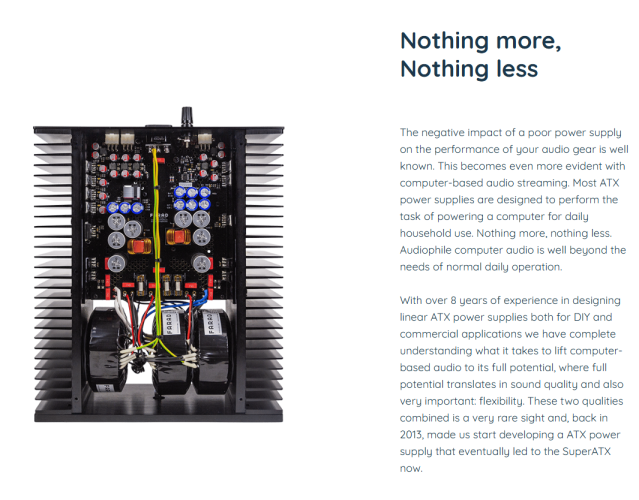Diet Kokaine
100+ Head-Fier
I wish it was as simple as you're making it out to be.I'm waaaay late to this thread, but I just wanted to say its not the late 1990s/early 2000s anymore. I knew someone that fried a PC in the 1990s because they had long hair and leaned over a computer while it was running and the side panel was off and their hair touched something. Poof. Dead motherboard. These days there are YouTube videos of people intentionally trying to fry motherboards with electricity and failing.
Back when Linux was still in its infancy and Windows 9X was mainstream, I think that best case scenario the Windows audio subsystem could do 15-bits. I remember I had a PS/2 mouse and when you would move the mouse you would hear a high pitched noise with no audio playing. There were things like ASIO/Kernel Streaming but no software in the world can overcome hardware limitations. Isolation and such are much better on modern PCs.
A modern PC with properly configured software outputting to a USB isolator to an external DAC(or optical if you are really paranoid) should always be well above the range of human hearing when it comes to distortion as long as the DAC is competently designed.
This is not the case in any of the tests that I've carried out.
PC's are an extremely noisy source. You absolutely need a Linear ATX power supply and an externally powered (Linear powered) USB card to get a clean signal out of it.
You can 100% hear this noise on a High end system.
I think about 50% of the sound coming out of a DAC is your "Source".
Headphones are more forgiving than Speakers. This might be why your experience differs.
Last edited:























